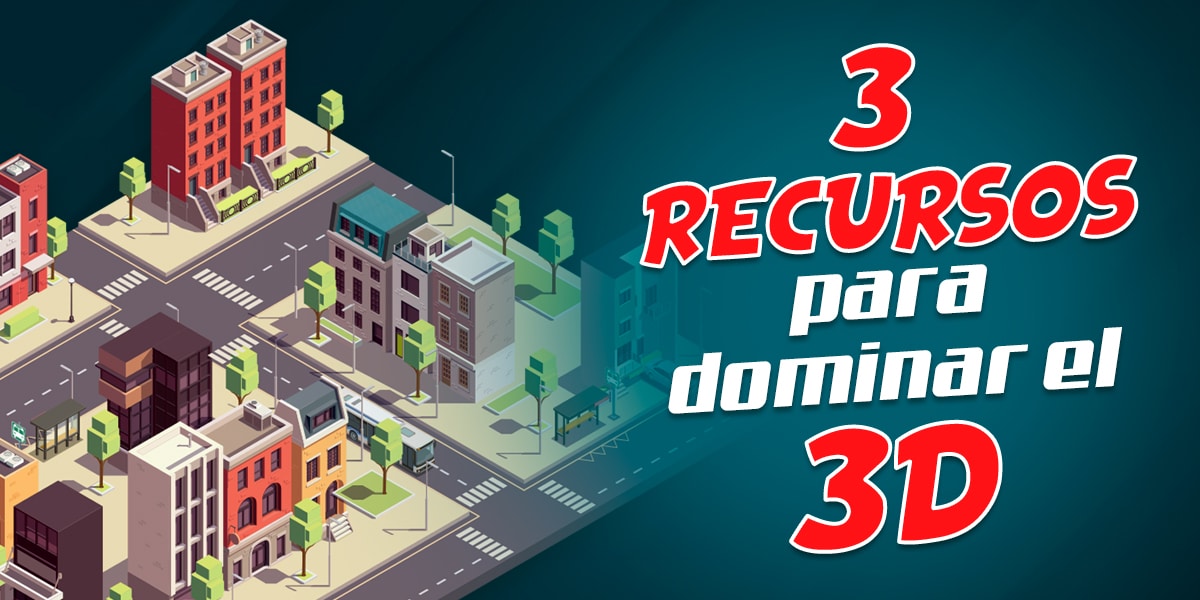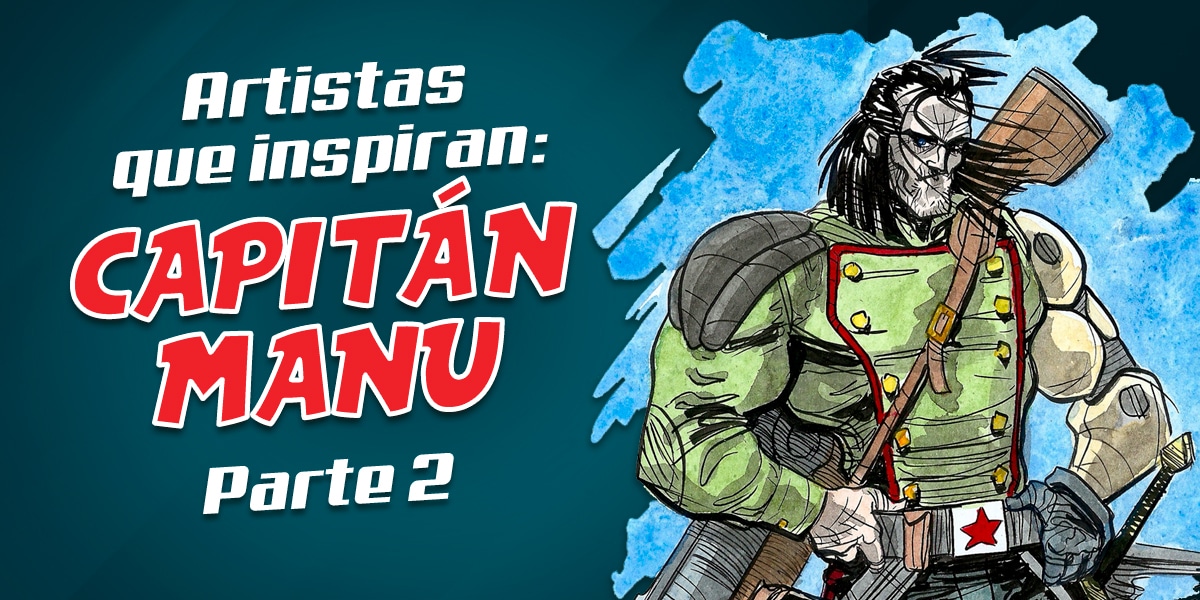Domina lo tridimensional con estos consejos: Una guía para ilustradores y dibujantes
¿Alguna vez has sentido que tus dibujos carecen de profundidad y dimensión? ¿Te gustaría dar vida a tus creaciones y transportar a tus espectadores a mundos tridimensionales fascinantes? En este artículo, te sumergiremos en el emocionante universo del dibujo tridimensional, revelando secretos, técnicas y métodos que transformarán tu arte. Prepárate para explorar los diferentes sistemas de representación, dominar las diagonales y descubrir cómo el punto de vista puede cambiar completamente tu obra. ¡Sigue leyendo y desata todo el potencial de tu creatividad en 3D!
Métodos y sistemas: Las herramientas del maestro del 3D
Como artista en constante evolución, dominar el efecto tridimensional es una habilidad fundamental que elevará tus creaciones a nuevas alturas. Imagina poder transportar a tu audiencia a mundos completamente inmersivos con solo un lápiz y papel. Para lograr esta magia visual, es esencial familiarizarse con una variedad de recursos y técnicas.
Uno de los métodos más versátiles y poderosos en el arsenal del dibujante 3D es la axonometría. Este sistema de representación, ampliamente utilizado en renders arquitectónicos, diseño industrial e incluso en la creación de videojuegos, te permite crear imágenes tridimensionales impactantes en una superficie bidimensional. ¿Quieres llevar tus habilidades de dibujo al siguiente nivel? Descubre más aquí sobre cómo dominar esta técnica esencial.
La magia de la axonometría radica en su uso estratégico de ángulos y líneas paralelas. Esta técnica ofrece una ventaja significativa: permite mostrar una vista clara y detallada de espacios y objetos, manteniendo una sensación de profundidad y volumen que cautiva al espectador.
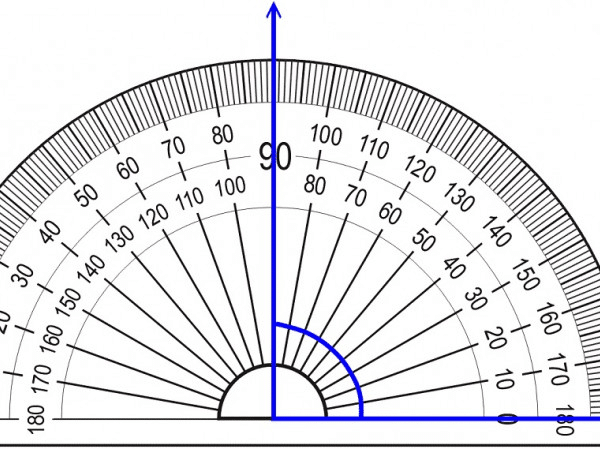
Dos características fundamentales distinguen a la representación axonométrica:
- Escala constante: La dimensión de los objetos representados no depende de su distancia del espectador. Esto significa que, ya sea que estén cerca o lejos en tu composición, los elementos mantendrán sus proporciones relativas.
- Paralelismo preservado: Las líneas o elementos que son paralelos entre sí en el espacio tridimensional se mantendrán paralelos en tu dibujo bidimensional.
El fascinante mundo de la axonometría no se limita a un solo tipo de representación. De hecho, engloba varios sistemas similares, cada uno con sus propias reglas y aplicaciones únicas. Entre los más populares se encuentran la perspectiva isométrica, la perspectiva caballera y la perspectiva militar. Cada una de estas técnicas ofrece una forma única de representar la realidad tridimensional en un plano bidimensional, proporcionándote un abanico de posibilidades creativas.
Desvelando los secretos de la perspectiva: Isométrica, Caballera y Militar
Adentrémonos en el fascinante mundo de estas tres perspectivas axonométricas. Aunque pueden parecer complejas a primera vista, una vez que comprendas sus principios básicos, descubrirás un universo de posibilidades creativas que transformarán tu arte.
Nuestro objetivo aquí no es abrumarte con tecnicismos, sino mostrarte cómo estas herramientas pueden enriquecer tu trabajo y ampliar tus horizontes artísticos. Recuerda, en el mundo del arte, las reglas están hechas para ser comprendidas y luego adaptadas a tu visión única. Haz clic aquí para explorar recursos que potenciarán tu creatividad y te ayudarán a dominar estas técnicas de manera intuitiva y práctica.
La clave para dominar estas representaciones radica en comprender cómo manipular los ángulos para crear la ilusión de tridimensionalidad. Dependiendo de cómo combines estos ángulos, podrás alterar dramáticamente la perspectiva desde la cual el espectador percibe tu obra.
Es fundamental tener en cuenta que existen tres direcciones principales en el espacio tridimensional: alto, ancho y profundidad. Estas direcciones se pueden visualizar como una “Y” tridimensional, donde cada eje forma un ángulo recto (90°) con los otros dos.
El desafío al trabajar en una superficie plana, como el papel o la pantalla, es que solo puedes representar directamente el alto y el ancho. La profundidad, que se extendería hacia el interior del plano, debe ser simulada. Aquí es donde entra en juego la magia de la manipulación de ángulos y la rotación de la figura tridimensional en tu mente antes de plasmarla en dos dimensiones.
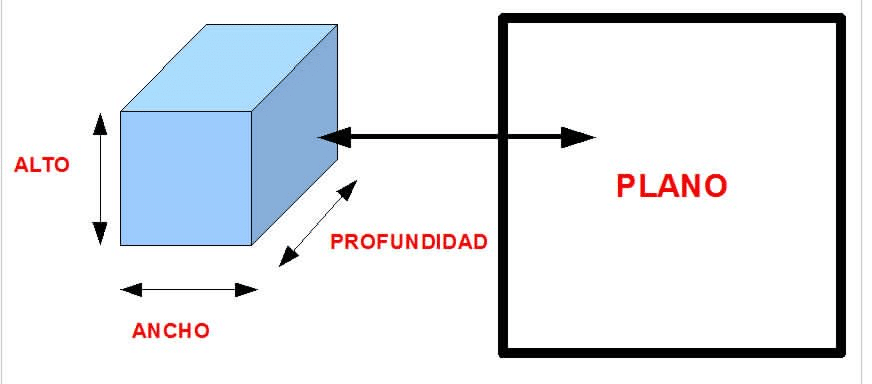
El arte de las diagonales: Definiendo las direcciones principales
La habilidad para representar diagonales de manera convincente es lo que separa a los maestros del dibujo tridimensional de los principiantes. Sin embargo, antes de lanzarte a trazar líneas en ángulo, es crucial establecer con claridad las direcciones principales de tu composición.
Cada tipo de perspectiva axonométrica tiene su propia “receta” para crear la ilusión de profundidad:
- Perspectiva Isométrica: En este enfoque, los tres ángulos que definen las direcciones principales son iguales, cada uno midiendo 120°. Esta simetría crea una vista equilibrada y fácil de construir, ideal para representaciones técnicas y diseños de videojuegos retro.
- Perspectiva Caballera: Aquí, trabajarás con una combinación de ángulos de 90° (generalmente para la cara frontal del objeto), 45° y 135° (que es la suma de 90° y 45°). Esta configuración ofrece una vista más dinámica y es excelente para mostrar objetos con una cara principal claramente definida.
- Perspectiva Militar: Considera esta como una variación sofisticada de la perspectiva caballera. La principal diferencia es que la representación se rota en relación con el plano del dibujo. En lugar de tener líneas paralelas a los bordes de tu papel o lienzo, estas se inclinan en un ángulo de 45°. Existen dos variantes principales:
- Una que mantiene los ángulos de la perspectiva caballera (90°, 45° y 135°)
- Otra que utiliza ángulos de 90°, 120° y 150°, ofreciendo una vista única desde arriba.
Un principio fundamental a recordar es que, en cualquier representación axonométrica completa, la suma de los ángulos utilizados debe ser siempre 360°. Esto asegura que tu dibujo cubra todo el espectro de direcciones posibles, creando una ilusión tridimensional coherente y convincente.
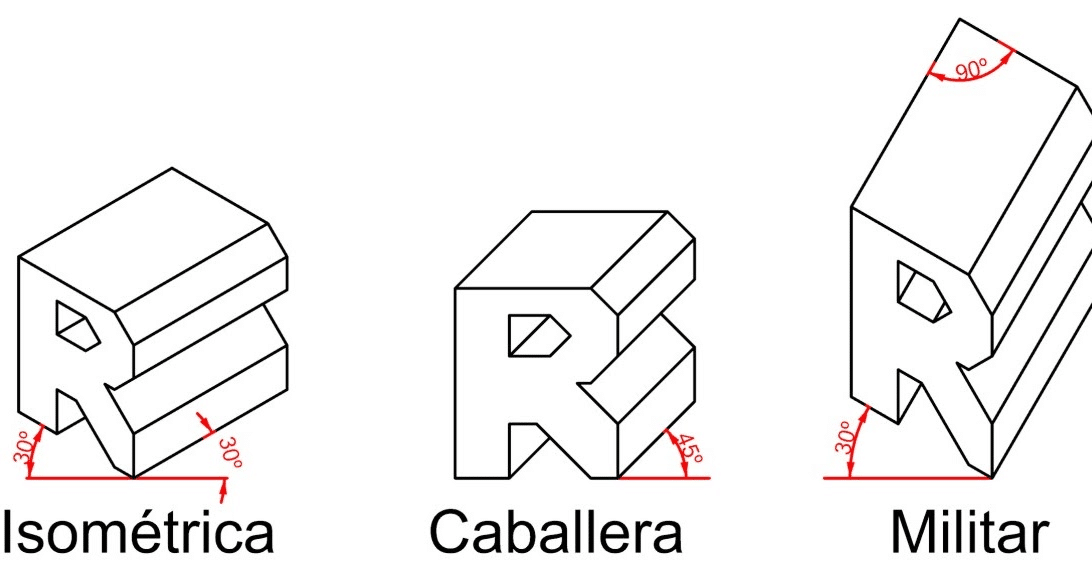
Es importante destacar que cada dibujo que crees tendrá su propio propósito y contexto. La elección del tipo de perspectiva y el punto de vista no solo afectará la apariencia de tu obra, sino también cómo se percibe y se interpreta. ¿Listo para experimentar con nuevas perspectivas? Ingresa aquí y descubre cómo estas técnicas pueden revolucionar tu arte.
Una de las grandes ventajas de las representaciones axonométricas es que no están sujetas a la reducción de tamaño basada en la distancia, como ocurre en la perspectiva cónica. Esto te permite mostrar espacios amplios sin perder detalles, ofreciendo una visión general desde una distancia considerable. Sin embargo, es importante usar este recurso con moderación, ya que un exceso puede limitar tu capacidad para representar escenas más naturales o realistas.
Más allá de los ángulos: Aplicaciones prácticas en tu arte
Ahora que hemos explorado los fundamentos de las perspectivas axonométricas, es momento de considerar cómo puedes aplicar estos conocimientos para enriquecer tu arte. Estas técnicas no son solo herramientas para dibujos técnicos o arquitectónicos; pueden ser la clave para desbloquear nuevas dimensiones en tus ilustraciones, cómics y diseños conceptuales.
Imagina crear un cómic donde los fondos de las escenas urbanas estén dibujados en perspectiva isométrica, dando a tu historia un toque único y memorable. O piensa en diseñar personajes para un videojuego utilizando la perspectiva caballera, permitiéndote mostrar detalles intrincados de sus trajes y equipamiento desde ángulos imposibles en la realidad.
La perspectiva militar, por otro lado, puede ser tu aliada secreta para crear mapas de fantasía o vistas aéreas de ciudades futuristas en tus ilustraciones. ¿Ansioso por llevar tus creaciones a nuevas alturas? Explora aquí recursos avanzados que te ayudarán a integrar estas técnicas en tu flujo de trabajo creativo.
Recuerda, la clave está en la experimentación. No temas mezclar diferentes tipos de perspectivas en una misma obra si eso sirve a tu visión artística. Podrías, por ejemplo, usar la perspectiva isométrica para el escenario general de una escena, mientras que los objetos en primer plano podrían estar en perspectiva caballera para destacar ciertos detalles.
Superando desafíos comunes en el dibujo tridimensional
A medida que te adentras en el mundo del dibujo tridimensional, es natural encontrar algunos obstáculos. Aquí te presentamos algunos desafíos comunes y cómo superarlos:
- Mantener la consistencia: Uno de los mayores retos al trabajar con perspectivas axonométricas es mantener los ángulos consistentes en toda tu obra. Una solución práctica es crear una plantilla con las líneas guía principales que puedas usar como referencia.
- Representar curvas: Las formas curvas pueden ser particularmente desafiantes en estas perspectivas. Practica dibujando elipses y círculos en diferentes orientaciones para mejorar tu habilidad.
- Evitar la monotonía: Aunque las perspectivas axonométricas ofrecen una vista clara, pueden resultar monótonas si se usan en exceso. Experimenta con diferentes puntos de vista y combina técnicas para mantener tu arte dinámico e interesante.
- Añadir profundidad: A pesar de que estas perspectivas no utilizan puntos de fuga, puedes añadir profundidad a tus dibujos mediante el uso estratégico de sombras, texturas y variaciones en el grosor de las líneas.
¿Quieres superar estos desafíos y más? Descubre aquí estrategias avanzadas para perfeccionar tu técnica y llevar tu arte tridimensional al siguiente nivel.
Integrando lo aprendido en tu flujo de trabajo creativo
Dominar las técnicas de dibujo tridimensional no se trata solo de aprender reglas y ángulos; se trata de integrar estos conocimientos en tu proceso creativo de manera orgánica. Aquí tienes algunas sugerencias para incorporar lo que has aprendido en tu práctica diaria:
- Bocetos rápidos: Dedica unos minutos cada día a hacer bocetos rápidos de objetos simples en diferentes perspectivas axonométricas. Esto te ayudará a interiorizar los ángulos y proporciones.
- Desafíos creativos: Proponte retos como dibujar una escena completa en perspectiva isométrica o rediseñar un objeto cotidiano utilizando la perspectiva caballera.
- Análisis de obras: Estudia el trabajo de otros artistas que utilicen estas técnicas. Analiza cómo aplican las perspectivas axonométricas en sus ilustraciones, cómics o diseños.
- Experimentación digital: Si trabajas con herramientas digitales, explora software y plugins que faciliten la creación de perspectivas axonométricas. Esto puede agilizar tu flujo de trabajo y permitirte experimentar más libremente.
Recuerda, la práctica constante es la clave para dominar cualquier técnica artística. No te desanimes si tus primeros intentos no son perfectos; cada dibujo es una oportunidad de aprendizaje y mejora.
Conclusión: Tu viaje hacia el dominio tridimensional
A lo largo de este artículo, hemos explorado los fascinantes mundos de la axonometría, la perspectiva isométrica, caballera y militar. Hemos descubierto cómo estos sistemas de representación pueden transformar tus dibujos planos en vibrantes escenas tridimensionales, capaces de capturar la imaginación y transportar a tus espectadores a nuevos mundos.
Recuerda, el dominio del dibujo tridimensional no es un destino, sino un viaje continuo de aprendizaje y descubrimiento. Cada línea que trazas, cada ángulo que perfeccionas, te acerca un paso más a la realización de tu visión artística única.
No temas experimentar y salir de tu zona de confort. La verdadera magia sucede cuando comienzas a combinar estas técnicas con tu estilo personal, creando obras que no solo son técnicamente impresionantes, sino también profundamente expresivas y únicas.
A medida que continúes practicando y refinando tus habilidades, descubrirás que el dibujo tridimensional no solo mejora la calidad visual de tu trabajo, sino que también expande tus posibilidades narrativas y conceptuales. Ya sea que estés creando cómics, ilustraciones, diseños de personajes o conceptos arquitectónicos, las herramientas que has adquirido aquí te permitirán comunicar tus ideas con mayor claridad y impacto.
¿Listo para dar el siguiente paso en tu evolución artística? Haz clic aquí y descubre recursos que impulsarán tu creatividad y te ayudarán a dominar el arte del dibujo tridimensional.
Recuerda, cada gran artista comenzó exactamente donde tú estás ahora. La diferencia radica en la dedicación, la práctica constante y la voluntad de seguir aprendiendo y creciendo. Con las técnicas que has aprendido hoy y tu pasión por el arte, estás bien equipado para comenzar tu viaje hacia el dominio del dibujo tridimensional.
Así que toma tu lápiz, abre tu cuaderno de bocetos y comienza a explorar las infinitas posibilidades que te esperan en el fascinante mundo del arte tridimensional. ¡El único límite es tu imaginación!

